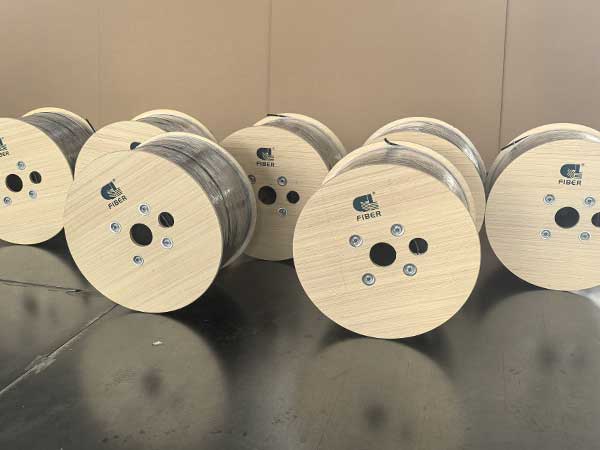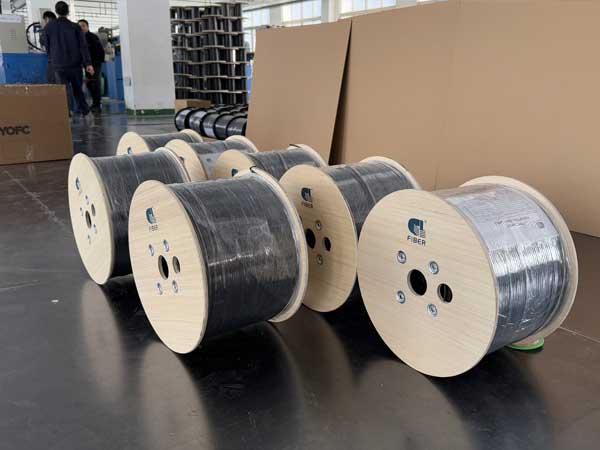As we all know, in order to ensure the quality of
optical cables and ensure that the optical cables can transmit communication models normally after installation, single reel inspection and reel matching must be carried out before the optical cables are laid, and strict inspections must be carried out in accordance with the specifications and indicators specified in the design documents or contracts.
Single reel inspection work includes: checking, counting, appearance inspection and measurement of the specifications and quantity of optical cables and connecting equipment transported to the site, and measuring the main optoelectronic characteristics. Through inspection, it is confirmed whether the quantity and quality of optical cables and equipment meet the relevant requirements specified in the design documents or contracts.

The cable reel testing work is as follows:
1. Inspection of optical cable equipment, factory test records, and inspection of optical cable specifications, quantity and appearance.
2. Preparation of construction tools, machinery, instruments, and vehicles. Construction tools and machinery are determined according to the type of construction.
3. Make good preparations for construction technical management. Be familiar with engineering design, learn the relevant contents of construction acceptance regulations, prepare test forms for completion technical data records, and formulate construction quality assurance measures.
4. During the on-site inspection of optical cables, the fiber attenuation constant and fiber length should be tested, and cracks and non-uniformity along the length should be carefully checked. An optical time domain reflectometer (OTDR) is generally used for inspection. If this instrument is not available, a simple test can be performed with a light source and an optical power meter. The inspection results should be consistent with the data provided by the manufacturer.
5. The electrical indicators of the copper conductors used for business communications and long-distance supply in the optical cable should comply with the provisions of the national communication cable electrical indicators.
6. After the single-reel inspection is completed, the cable end seal and cable reel packaging should be restored, and the reel should be uniformly numbered, with the outer end mark and cable length indicated.
The inspected optical cables are separated by category. Those with short sections should be collected on one side of the same type of cable reel. At present, the nominal length of optical cables of various manufacturers is not completely consistent with the actual length. Some manufacturers use the length mark on the cable or the length of the digital tape in the cable to mark the cable length. Some manufacturers simply mark the fiber length as the cable length (and then mark the OTDR in brackets). Some manufacturers have a positive deviation of several meters to 50m according to the design requirements, and some may have a negative deviation. In order to match the reel according to the correct length, ensure the safe laying of the optical cable and not waste the optical cable, it is very necessary to re-measure the length of the optical cable in the single reel inspection.

Generally, optical cable manufacturers will do a test before the product leaves the factory, but in order to ensure that the optical cable is not damaged during the logistics and transportation process, an on-site reel test will generally be done before construction. If you have any questions about the price, technology or other aspects of the optical cable, please feel free to contact us, the optical cable manufacturer around you-
Hunan GL Technology Co., Ltd!


